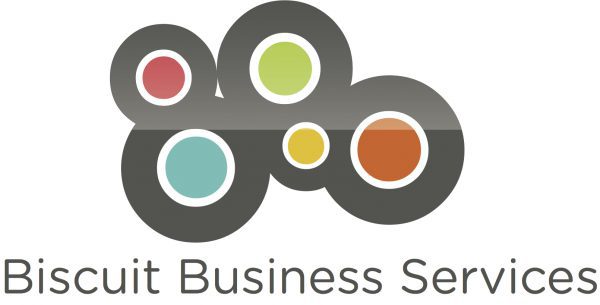Work from Home – Tips for Employers
March 15, 2020In our current COVID-19 environment many businesses who can are allowing/requiring employees to work from home. It is important to have a Policy in place so that both employees and employers know the ground rules. Below I have pulled together suggestions & questions for Employers to assist in developing a safe, secure & productive home work space.
Workspace
To be functional & productive your employee will need a dedicated workspace that is comfortable and safe. It also needs to be secure. The kitchen table is not an option! A separate room is ideal, particularly if it can be locked.
Have each staff member complete a Work From Home Checklist and Work From Home Agreement. The check list is an opportunity to ensure that the work space meets your standards and the agreement will set out the why, where and when of the working form home arrangement.
Equipment
Consideration needs to be given to equipment currently used in the office setting. What are your staff currently using & what do they need?:
- Computer + monitor + printer
- Laptop + monitor + printer
- Just a laptop
- iPad or other tablet
- Scanner
- Shredder
- Dedicated mobile phone (not personal)
- Paperwork storage (filing cabinet, filing boxes, file folders)
- Stationary kit: letterhead, note books, pens, stapler, etc.
- Desk & chair
- Internet modem or dongle
Employers, you need to decide if you are providing the equipment required to work or are you allowing their staff to use their own equipment.
Internet Connection
Internet connections at home may or may not be suitable. Check internet speeds at employee’s home to ensure that meet the needs of the work being done. Employers may need to provide internet access in the existing service is not suitable.
Security
Passwords –
What is the current process of storing passwords? Do employees use a password app such as 1Password or LastPass? Or are they using a notebook or (heaven forbid) are they using sticky notes on their computer? Put in to place a policy of secure storage of passwords that will continue once staff return to work. This should include a policy of NOT saving passwords in browser windows to mitigate the possibility of a family member or guest accessing sensitive data.
Information –
Can business physical paperwork be safely & securely stored away from prying eyes? Do you use an online document storage system? If using an online document storage system it would be handy to sync a business supplied computer or laptop to the business’s account. If the computer or laptop belongs to the employer opt for online login to the storage instead of syncing. (Options include: Dropbox, Box, Google Drive, Microsoft, etc.)
Insurance
Touch base with your Insurance Broker regarding any insurance implications. Whilst working from home should not affect a home policy, you may wish to extend coverage for equipment, etc.
Daily Schedule & Breaks
Ensure the employee understands what their work & break schedule is. Ideally it would be the same as if they were working in the office. There may be some flexibility, or reduction in hours, for workers who have children at home. Discuss this at the outset so both parties know what is expected.
Speak to your staff about regular breaks … a chance to stretch, getting some fresh air, etc.
Tracking Time
Put in to place, if you do not have one already, a method to track working time. This could be via a spreadsheet or by a time keeping app.
As a heads up, new legislation came in to effect on March 1 for a range of Awards for salaried & full-time employees requiring them to keep start/finish & break times as a part of their employment. One of these awards may already affect your business. We expect more awards to come in under this legislation over the next few months so this could be a good opportunity for employees to start recording their times now.
Fluff Time
Working from home is definitely a different experience to work in the office alongside colleagues. Have a discussion with your employees about not falling in to the trap of checking personal emails or social media during working hours or getting distracted with house hold chores or family members.
Communication & Staying Connected
Decide how your employees are going to keep in contact with the business both one on one & collectively. There are quite a few options including apps such as Slack, Zoom, GotoMeeting, Google Hangouts, Messenger, etc.
Consider booking a ‘touching base’ meeting with each staff member at least once a week as well as a team meeting.
Make it clear what regular reporting is required on work status, projects, new leads, etc. You may wish to make these more regular than normal.
Define how staff are to communicate with clients, ie phone, Zoom, etc.
Visitors
Put in to place clear expectations regarding client visitors to home offices. In the current COVID-19 environment, the ‘working from home’ choice for staff is about isolation so have a clear policy regarding if, who & when working from home staff can meet business clients.
Working from Home Policy
And finally, wrap all of the above into a clear Working from Home Policy that staff read & sign. Not only will this be the ground rules during the current situation but it will be invaluable for future instances when you have a staff member who needs to be working from home.

